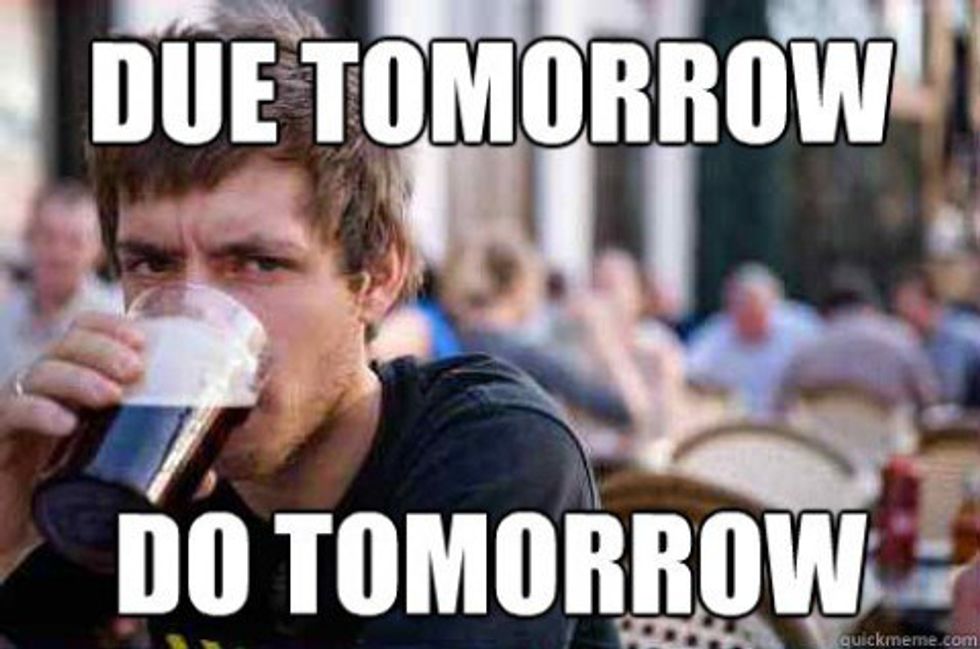What criteria do you use to determine whether gifts are appropriate for your child? This article provides suggestions for toys that will grow with your child, challenge her, and nurture her cognitive, physical, language, and social-emotional abilities. Toddlers are curious tiny people who learn by doing. Playing allows your child to grow and practice new abilities at her own speed while following her individual interests. The toys and playthings that your child has access to can have a significant impact on her development. While it may appear that selecting toys for toddlers should be simple, the only thing that is simple today is feeling overwhelmed. Toys for toddlers come in a wide variety of shapes, sizes, and materials. How can you know which ones are appropriate for your child? How can you know which ones are of good quality and will last? Which of the following will hold your child's attention for more than a few days or weeks? Here are some suggestions for toys that will grow with your child, challenge her, and help her improve her overall thinking, physical, verbal, and social-emotional skills based on Coco Village reviews and comments.
Select Toys That Can Be Utilized in Multiple Ways as Observed in Coco Village Comments
Toddlers enjoy taking things apart, putting them back together, pulling things out, putting things back in, adding on, and building things up. Choose toys that are open-ended, meaning that your child can use them to play a variety of games. A road, a zoo, a bridge, or a spaceship, for example, can be constructed using wooden or bulky plastic interlocking pieces. Toys like this assist your youngster to develop problem-solving and logical thinking abilities by igniting his creativity as observed from Coco Village reviews and comments. Blocks, interlocking blocks, nesting blocks or cups, and sand and water toys are examples.
Coco Village Reviews - Look for Toys That Will Develop with Your Child and Encourage Him or Her to Explore
We've all had the experience of purchasing a toy that our child plays with for two days and then abandons. You may avoid this by choosing toys that are enjoyable at various stages of development. Small plastic animals, for example, can be used to build a shoebox house for a young toddler, while an older toddler can use them to act out a narrative she makes up. Toy animals and action figures, toddler-friendly dollhouses, trains and dump trucks and other vehicles, and stuffed animals and dolls are all examples.
Children can practice new abilities over and over again while playing. Toys that allow kids to figure something out on their own or with some guidance help them develop logical thinking skills and become persistent problem-solvers according to individuals reviews and comments. They also aid in the development of spatial relations abilities (the ability to understand how things fit together), hand-eye coordination, and fine motor skills in children (using the small muscles in the hands and fingers). Puzzles, shape sorters, blocks, nested blocks, or cups, art supplies like clay, paint, crayons, or play-dough are just a few examples.
Look for Toys That Will Pique Your Child's Interest
During your child's third year, his inventiveness blossoms as he learns to play the part of someone else such as a king, and pretend that something as simple as a block is truly a piece of cake. Look for toys that your youngster can use to act out stories as he grows up. Pretend play helps children develop language and literacy skills, as well as problem-solving abilities and the capacity to arrange events in a logical order. Dress-up clothes, blocks, toy food and plastic plates, action figures, plush animals and dolls, trains and trucks, toddler-friendly dollhouses, toy equipment, and real-life accessories like a wrapping paper tube "fire hose" for your child firefighter are just a few examples. Toddlers love the all-purpose giant cardboard box, which is also free. Boxes may be transformed into houses, pirate ships, barns, tunnels, and whatever else your child's imagination can dream up!
Your child is getting better at understanding how objects in her environment, such as television remotes and light switches, function. She also wants to play with your real belongings, such as your phone, because she wants to be as big and capable as you. Toys like this assist children in problem-solving, learning spatial relations and how items fit together, as well as developing fine motor abilities in the hands and fingers as per reviews and comments of users. Toy keys, toy phones, dress-up clothes, musical instruments, child-size brooms, mops, brushes, and dustpans are just a few examples. Early writing and reading skills are developed through the use of books, magnetic alphabet letters, and art tools such as markers, crayons, and finger paints. Real-life objects, such as take-out menus, catalogs, or magazines, are entertaining to look at and play with while also introducing your youngster to letters, text, and print.

















